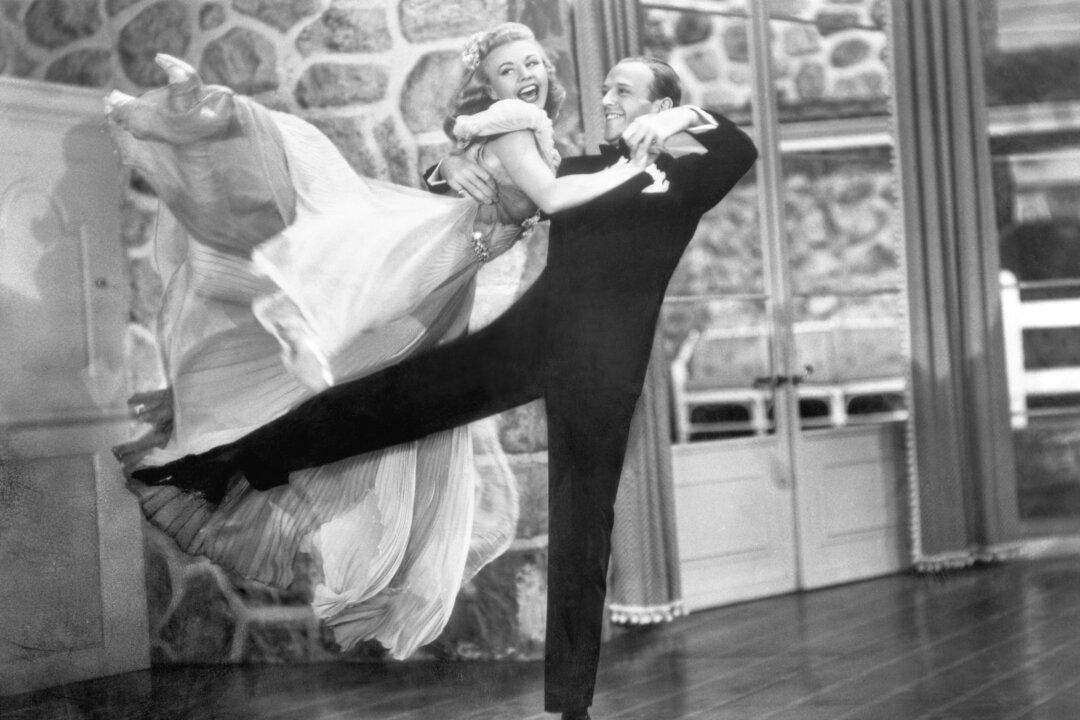“The theater, the theater. What’s happened to the theater? Especially where dancing is concerned.” So begins Irving Berlin’s “Choreography” number in the 1954 classic film “White Christmas.” As avant-garde music plays in the background, popular Hollywood entertainer Danny Kaye, flanked by a troupe of expressionless dancers in modernist attire, moves weirdly around a set that looks like something straight out of a modern art museum.
In the midst of Golden Era songs and routines such as “Blue Skies,” “Mandy,” and “The Best Things Happen While You’re Dancing,” this number seems dropped out of a much later era, at least until Vera-Ellen enters in a vibrant pink dress and livens things up with some fancy taps. While the song sounds oddly prophetic for the time, the contemporary dance movement was becoming increasingly popular in the mid-1950s. This number brilliantly pokes fun at the new style while exemplifying the joy and beauty of the old ways.






